Aara Char Taal Magic! Learn the 14-Beat Tirkit Kayda Like a Pro, Mastering Aara Char Taal (14 Beat) – Powerful Tirkit Kayda Explained Step-by-Step, Unlock the Power of Aara Char Taal: 14-Beat Tirkit Kayda for Tabla Lovers, Tabla Tutorial: Aara Char Taal (14 Beats) Tirkit Kayda – Complete Breakdown for Beginners, Feel the Rhythm! Aara Char Taal 14-Beat Tirkit Kayda Lesson & Demo, Tabla Masterclass – Aara Char Taal (14 Beats) Tirkit Kayda #1 | Learn, Play & Groove, How to Play Aara Char Taal (14-Beat) Tirkit Kayda – Tabla Lesson for All Levels,Epic Tabla Groove: Learn the 14-Beat Aara Char Taal Tirkit Kayda in Minutes!
- Aara Char Taal
- 14 beat taal
- Tirkit Kayda
- Tabla lesson
- Tabla tutorial
- Indian classical rhythm
- Tabla practice
- Learn tabla online
🪘 Aara Char Taal Magic! Learn the 14-Beat Tirkit Kayda Like a Pro
Introduction
If rhythm is the heartbeat of Indian classical music, the tabla is its pulse — alive, intricate, and endlessly expressive. Among the many taals that shape Hindustani rhythm, Aara Char Taal (14-beat cycle) stands out for its symmetry, grace, and complexity. Today, we’ll explore one of its most captivating compositions: the Tirkit Kayda — a rhythmic masterpiece that every tabla lover dreams of mastering. Whether you’re a student of classical percussion, a music producer blending tradition with modern beats, or simply a rhythm enthusiast, this post will help you understand, feel, and play the magic of Aara Char Taal like a pro.
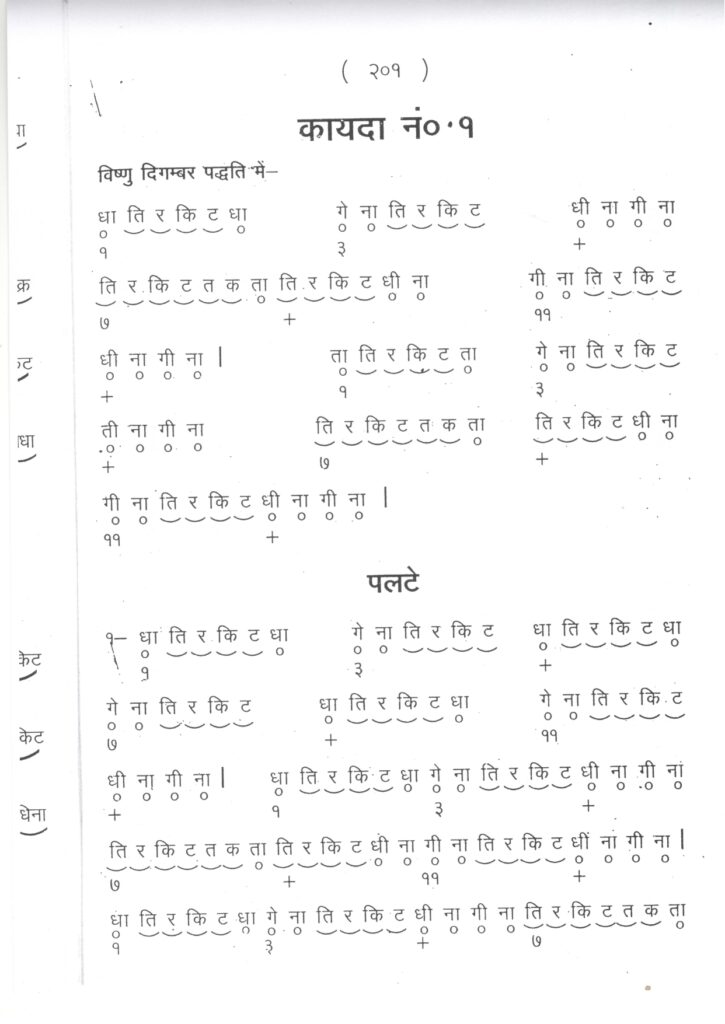
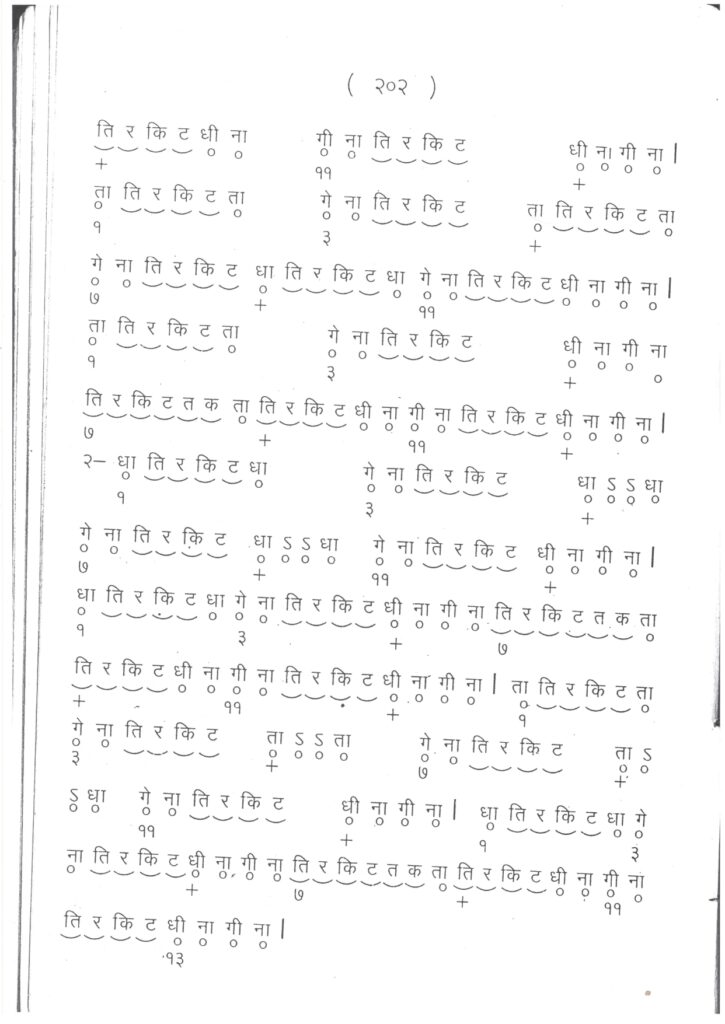
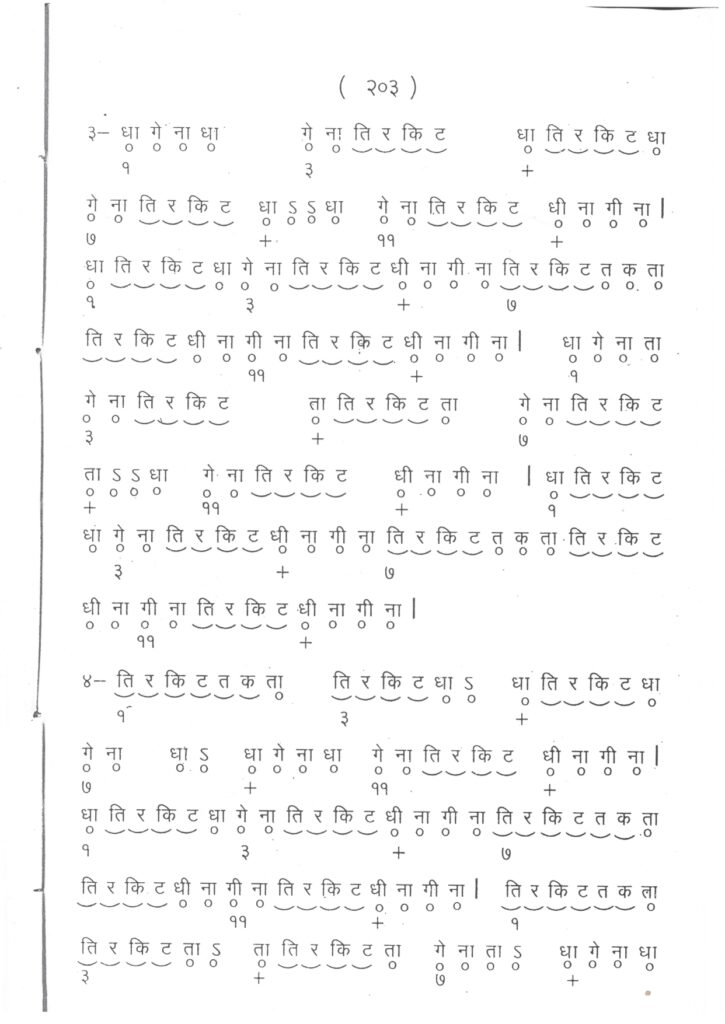
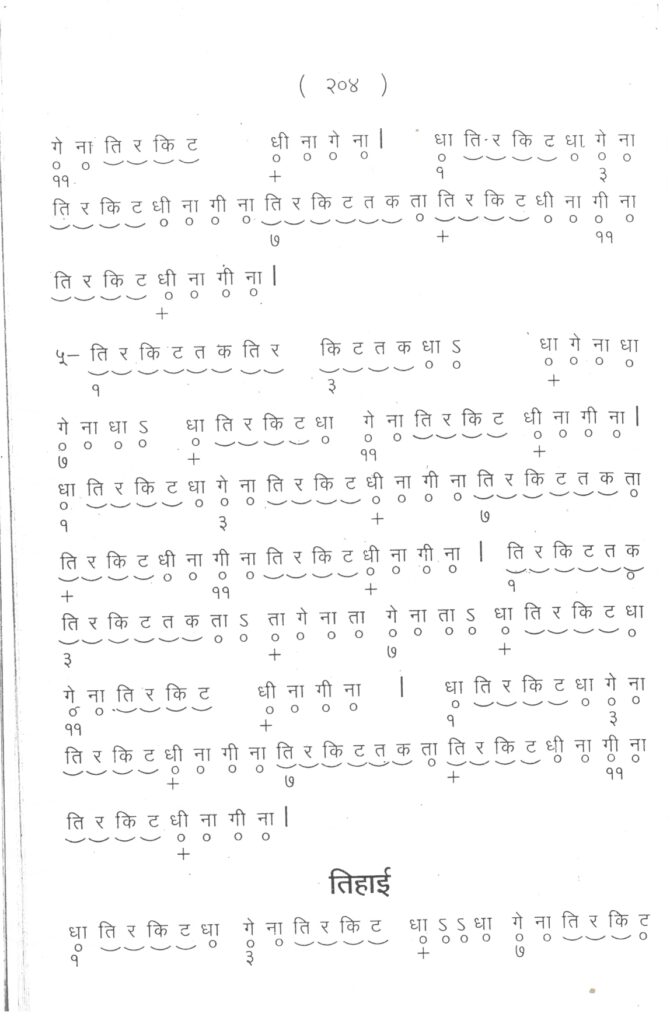
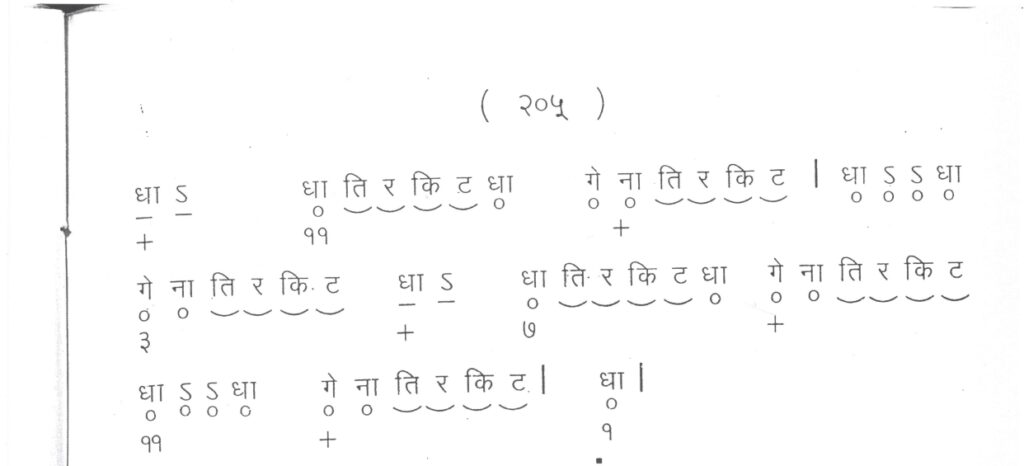
🕉️ What is Aara Char Taal?
Aara Char Taal (also known as Adachautaal or Chaunda Taal in some gharanas) is a 14-beat rhythmic cycle used in both Hindustani classical and semi-classical music. It’s less common than Teentaal (16 beats) or Ektaal (12 beats), making it both challenging and unique for tabla players.
The 14 beats are divided into four sections (vibhags) with a pattern like this:
4 + 4 + 3 + 3 = 14 beats
In traditional bols (tabla syllables), it might look like:
Dha Dhin Dhin Dha | Dha Tin Tin Ta | Ta Dhin Dhin Dha | Dha Tin Tin Ta
This structure gives Aara Char Taal a sense of movement that’s both mathematical and musical — perfect for expressive Kaydas, Relas, and Tihais.
🎶 What is a Tirkit Kayda?
A Kayda (literally meaning “rule” or “pattern”) is a fundamental composition in tabla repertoire. It introduces a basic theme (mukh) made of specific bols, which is then developed through paltas (variations).
The Tirkit Kayda is built around the syllable “Tirkit”, a crisp and flowing bol that creates rapid rhythmic texture.
It sounds like:
👉 Tirkit Dha Tirkit Dha Dha Tirkit Dha Dha
When played in Aara Char Taal, this pattern flows elegantly across the 14-beat cycle, testing your timing and hand coordination.
🪘 Step-by-Step Breakdown of the Tirkit Kayda
1. Basic Theme (Mukh):
Dha Tirkit Dha Tirkit Dha Dha Tirkit Dha Dha |
Dha Tirkit Dha Dha Tirkit Dha Dha
2. Variations (Paltas):
Start by repeating the main theme, then introduce small changes in placement or emphasis.
For example:
- Replace Dha with Tin or Na for tonal variation.
- Try alternating between the Dayan (right drum) and Bayan (left drum) for dynamic contrast.
3. The Theka (Main Groove):
Before playing the Kayda, internalize the theka (the foundational cycle of Aara Char Taal).
A common theka is:
Dha Dhin Dhin Dha | Dha Tin Tin Ta | Ta Dhin Dhin Dha | Dha Tin Tin Ta
Practice clapping (taali) and waving (khaali) along with it to feel the rhythmic flow.
🎧 Listen & Feel the Rhythm
To truly understand the magic, listen to masters performing Aara Char Taal. Try these references:
- Ustad Zakir Hussain – Aara Char Taal Solo (Live Performance)
- Pandit Anindo Chatterjee – 14-Beat Kayda Demonstration
- Fusion Example: Check out “Jiya Re – AR Rahman” where tabla blends beautifully with contemporary rhythm.
(Tip: You can find these performances easily on YouTube.)
🌍 The Significance of Aara Char Taal in Modern Music
While rooted in classical tradition, Aara Char Taal’s 14-beat structure has found new life in fusion, world music, and Bollywood. Producers and drummers often sample Tirkit bols to add percussive texture to global grooves.
In fact, digital tabla plugins and AI rhythm generators now include Aara Char Taal presets — a sign of how ancient rhythms are influencing the future of music production.
💡 Practice Tips for Learners
- Start Slow: Play each beat clearly; clarity beats speed.
- Use a Metronome or Tabla App: It helps you stay in laya (tempo).
- Record Yourself: Listen to identify timing gaps.
- Alternate Hands: Focus on symmetry between Dayan and Bayan.
- End with a Tihai: A rhythmic phrase repeated three times to land on the Sam (first beat).
🧩 Quick Quiz – Test Your Tabla IQ!
Q: How many beats are in Aara Char Taal?
- A) 12
- B) 14
- C) 16
Q: What is the meaning of “Kayda” in tabla?
- A) Rule/Pattern
- B) Speed
- C) Composition
(Answers: 14 beats; Rule/Pattern)
📊 Reader Poll
👉 Which tabla taal fascinates you most?
- Teentaal (16 beats)
- Aara Char Taal (14 beats)
- Rupak (7 beats)
- Ektaal (12 beats)
🎵 Conclusion
The Aara Char Taal Tirkit Kayda is more than a rhythmic exercise — it’s a dialogue between tradition and creativity. As you dive into this 14-beat wonder, you’ll discover how each bol tells a story, how every cycle breathes new energy, and how rhythm can truly connect hearts across cultures.
So grab your tabla, feel the pulse, and let your hands speak the ancient language of rhythm. The magic of Aara Char Taal awaits!
https://www.youtube.com/@BhagawanSingh
https://www.facebook.com/sbsinghtablaguru
